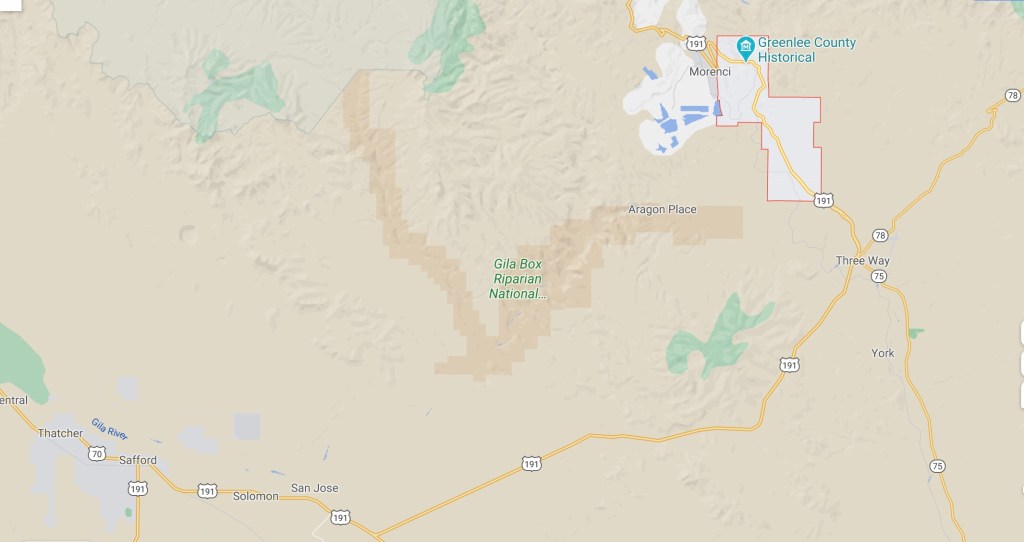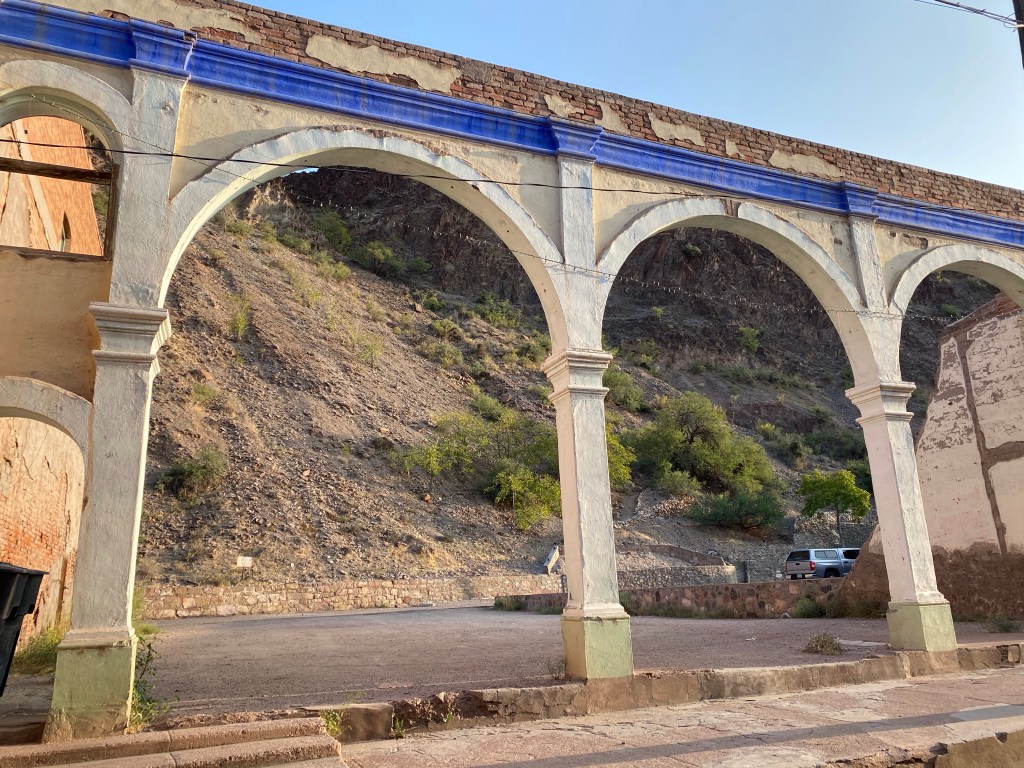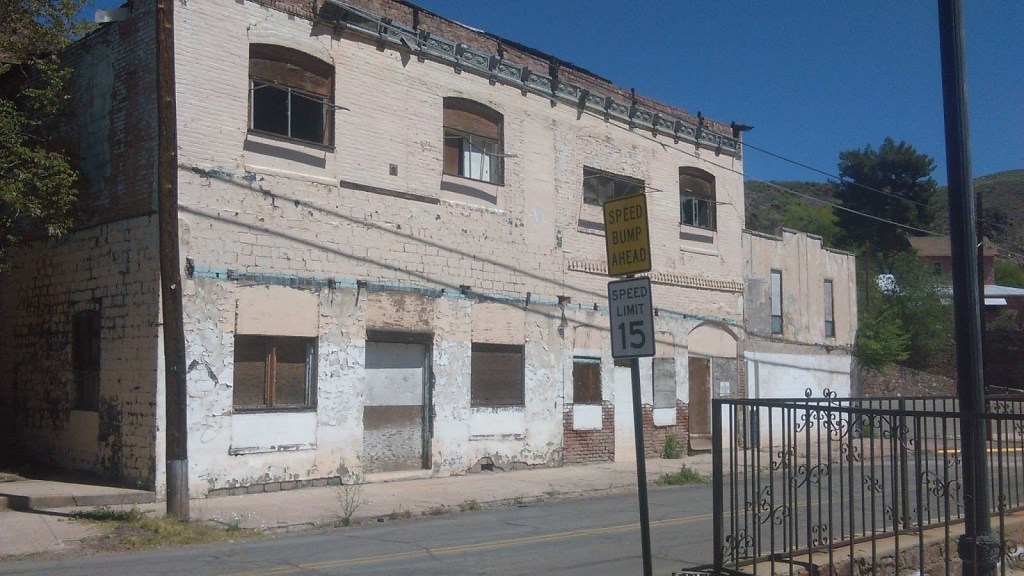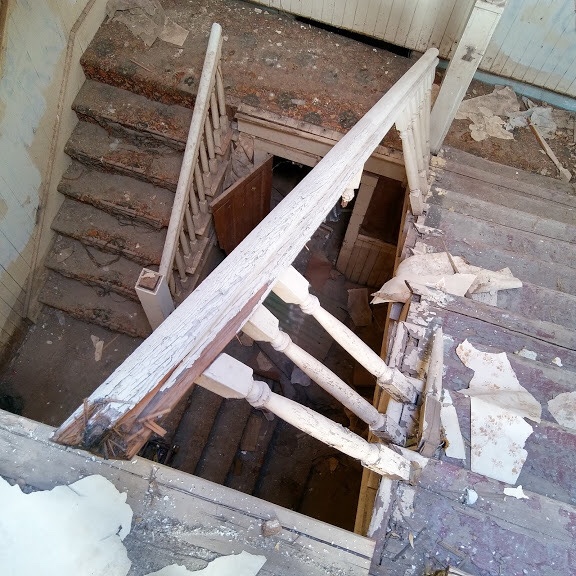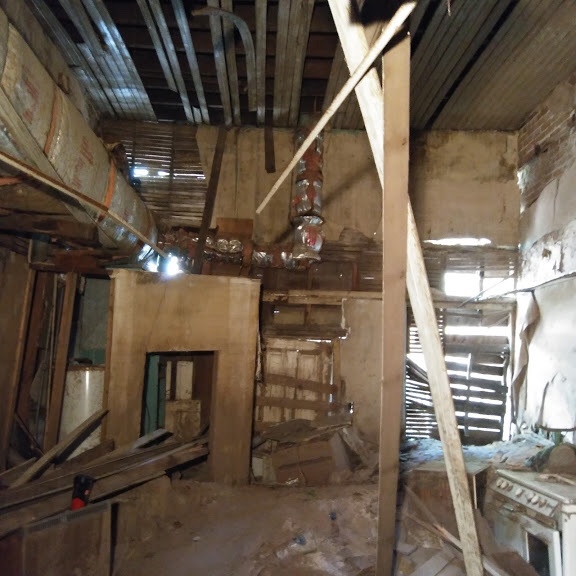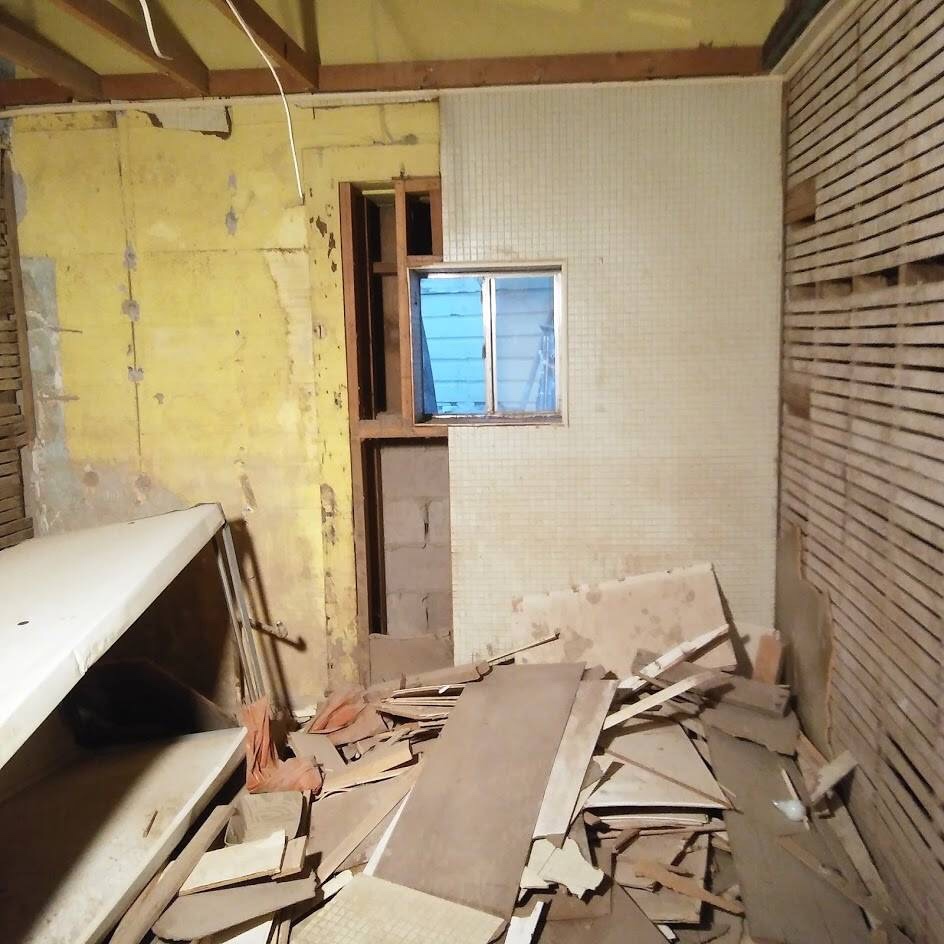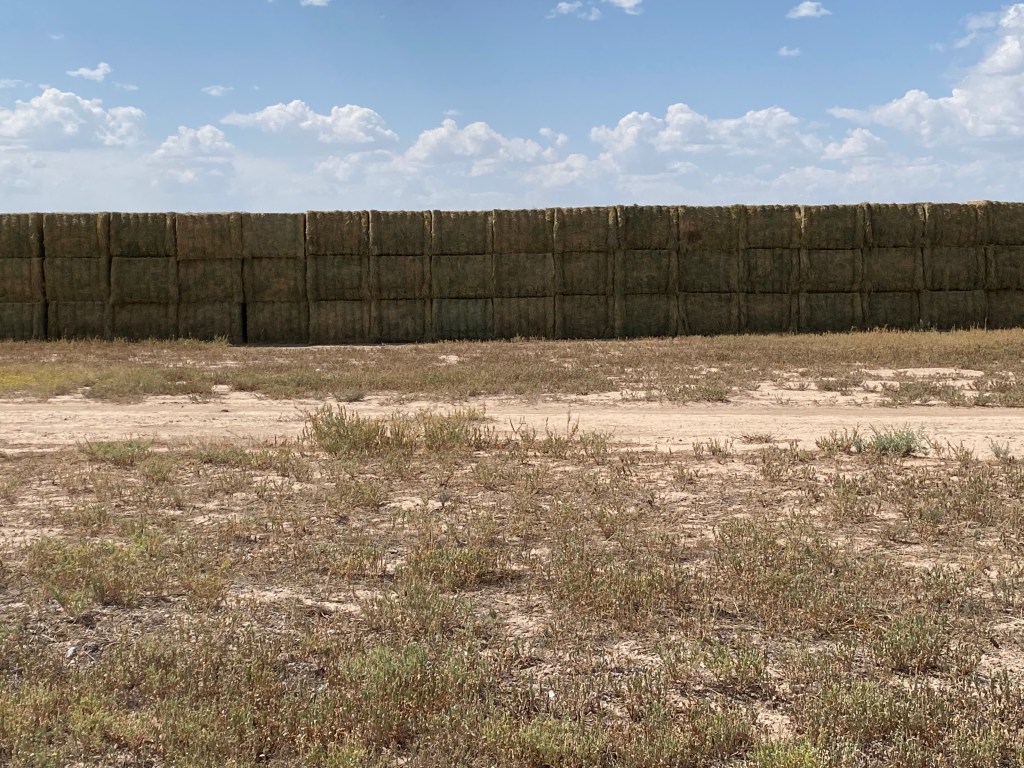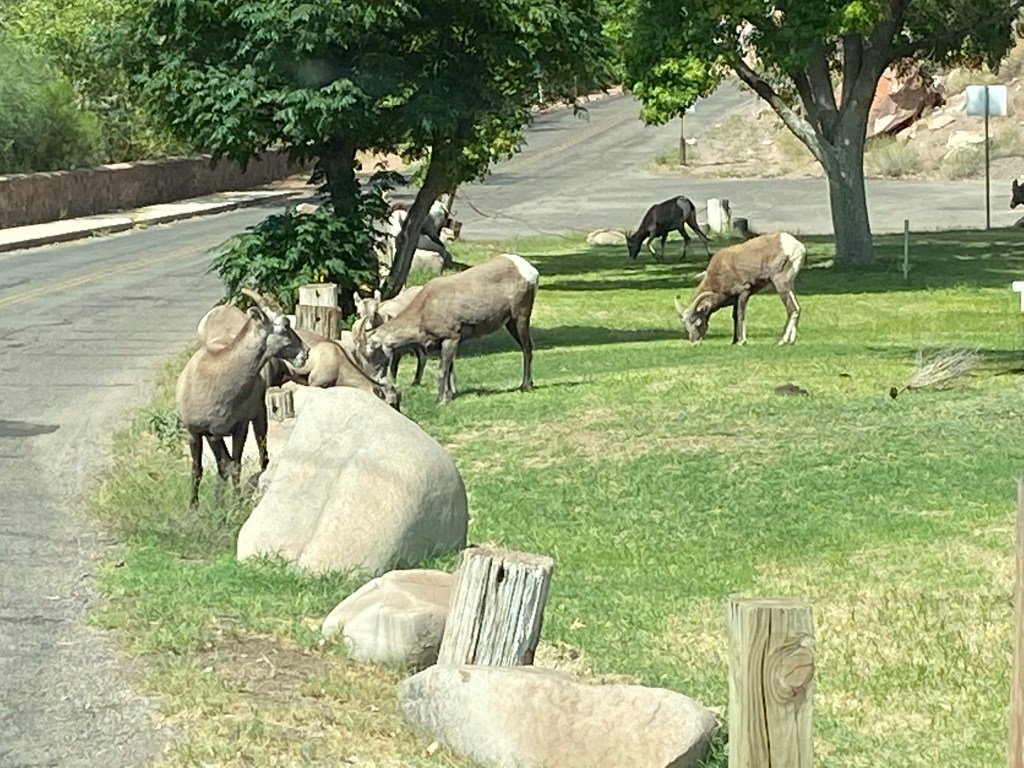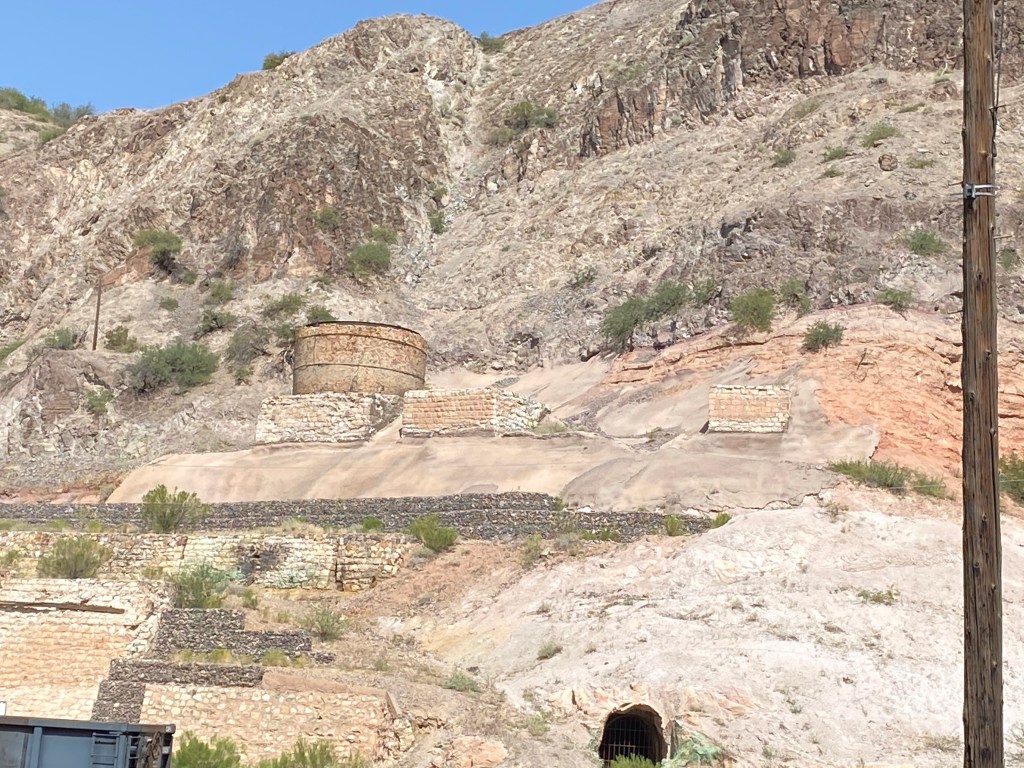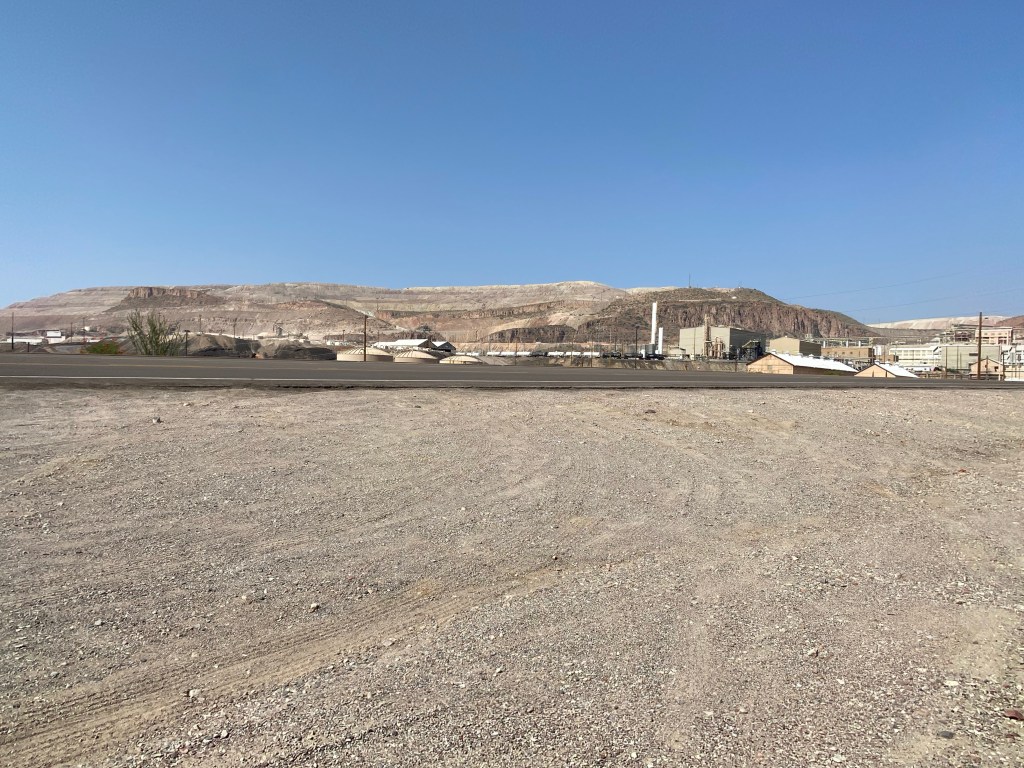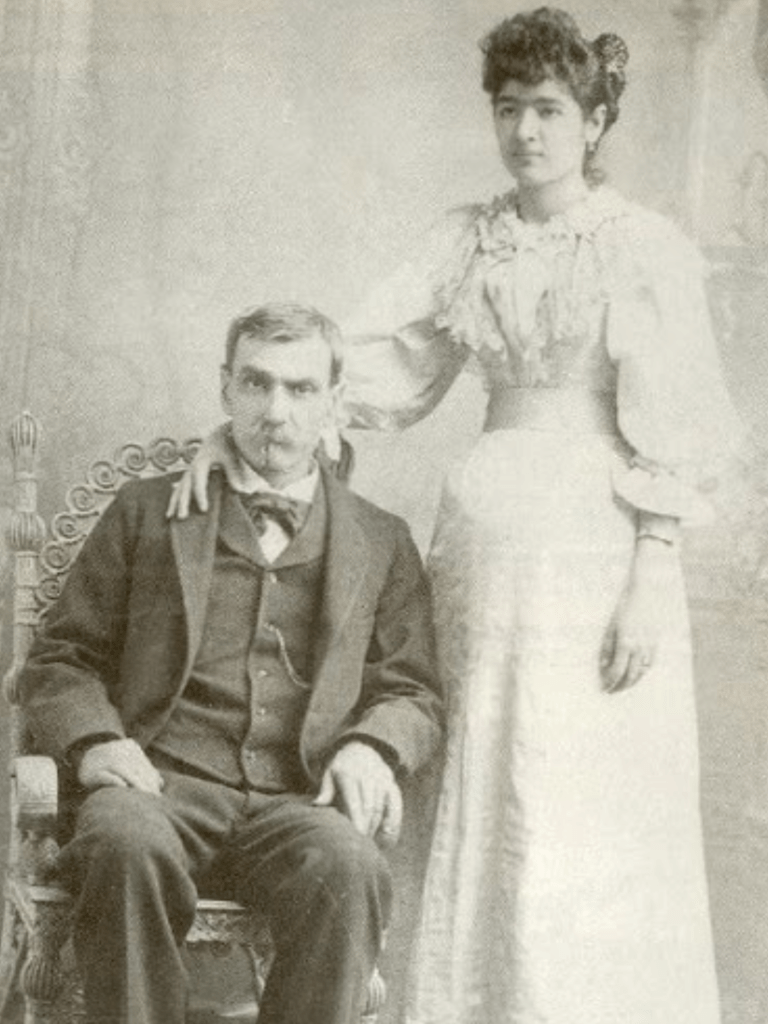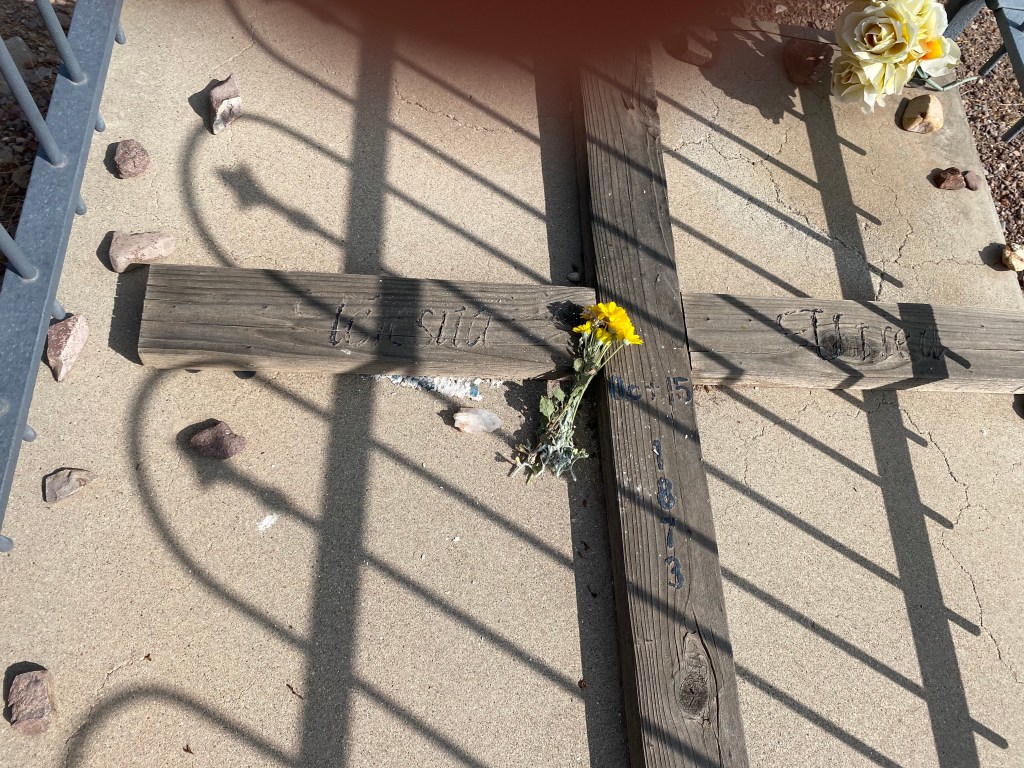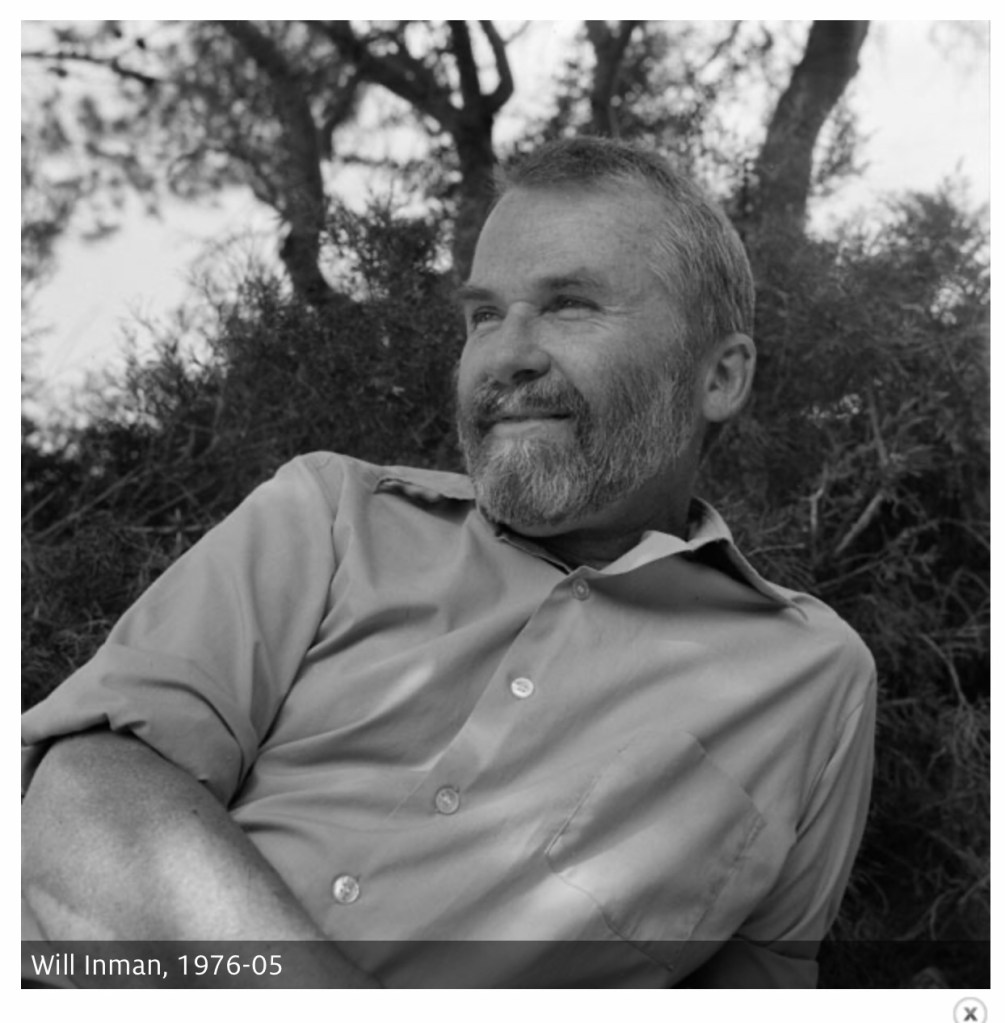Note: I wrote this in 2017. Be sure to read the end note!!
NPR recently ran a story on coincidences. There were some amazing stories and not one of my coincidences seemed to measure up to what I heard. But I have had a few.
Like the time I was in a cafe in Antigua, Guatemala, and a former housemate I hadn’t seen in eight or nine years walked in the door. Another time in Guatemala, (what is it about Guatemala?) on a different trip, I was sitting in a park in an obscure town and a friend strolled and sat beside me.
Just a few weeks ago, I hopped on the Tucson trolley to go to the Women’s March. As it was cool and damp and I have a hard time with cool weather on my legs and feet, I’d snuggled into my thermal boots. They’re warm and cozy, though I don’t particularly like them: black rubber with colored dots all over them.

Imagine my surprise when I boarded the trolley and found a young couple with their little girl, maybe age two. The child’s rain jacket was the same rubber and dots as my boots. A coincidence? Yes. Exciting? Not at all. But special in that brief moment when the child’s mother and I locked eyes and grinned. (sidenote: They also were headed to the march.)
But the biggest one, though it may not exactly count as a coincidence, happened in 1981.
I’d gone to Phoenix for a board meeting of the Arizona Solar Energy Association. After the meeting, the board members went out to tour a few solar homes. I spent the night with some friends on a chicken ranch named Huevos Rancheros del Sol (really) and returned to Bisbee the next morning.
When I unpacked the van, I couldn’t find my camera. I was devastated. I couldn’t afford a new one. Also, I’d taken lots of photos of the solar houses and wanted those pictures.
My then-partner went out to the van and searched. It was a plain panel van, two seats and nothing else, so it wasn’t hard to see everywhere. Obviously, he found no camera either.
About three weeks later, my partner and I did the co-op run to Phoenix. It was one of our volunteer activities: drive to Phoenix, visit three or four growers, pick fruits and veggies, bring them back to the coop.
The first stop was a farm in what was then the far southwest edge of the city, maybe five miles or so from Huevos Rancheros del Sol. This grower raised melons of all types. We’d stopped there first since we wanted the largest, heaviest things on the bottom of the load.
We picked several varieties of melons and laid them across the floor of the van. I closed the van’s back doors and we headed down the road for the peach farm.
When we got there, we picked a few boxes of peaches and walked back to the van. I laid down my box, opened up the back door and shrieked.
There, on the top of a watermelon, sat my camera.
It was impossible for it to be there. It hadn’t been there forty or so minutes earlier when I’d shut the back doors after loading melons. But there it was.
Is this a coincidence? It’s probably more like magic than coincidence, but it will have to do.
I suppose the coincidence part is that the camera both disappeared and reappeared while in the southwest end of Phoenix.
When I developed my film a few days later, all my shots were there, none missing or added.
The mystery of the reappearing camera still occasionally gnaws at me.
End Note: Just today, I looked at this piece and considered putting it in this blog. Then I decided it wasn’t complete enough. Not enough good coincidences. Half an hour later, I climbed into my car. My radio came on and the same coincidences story I’d heard years ago was replaying!
A sign, yes, and one more coincidence to put into this story, a story that is now complete.
